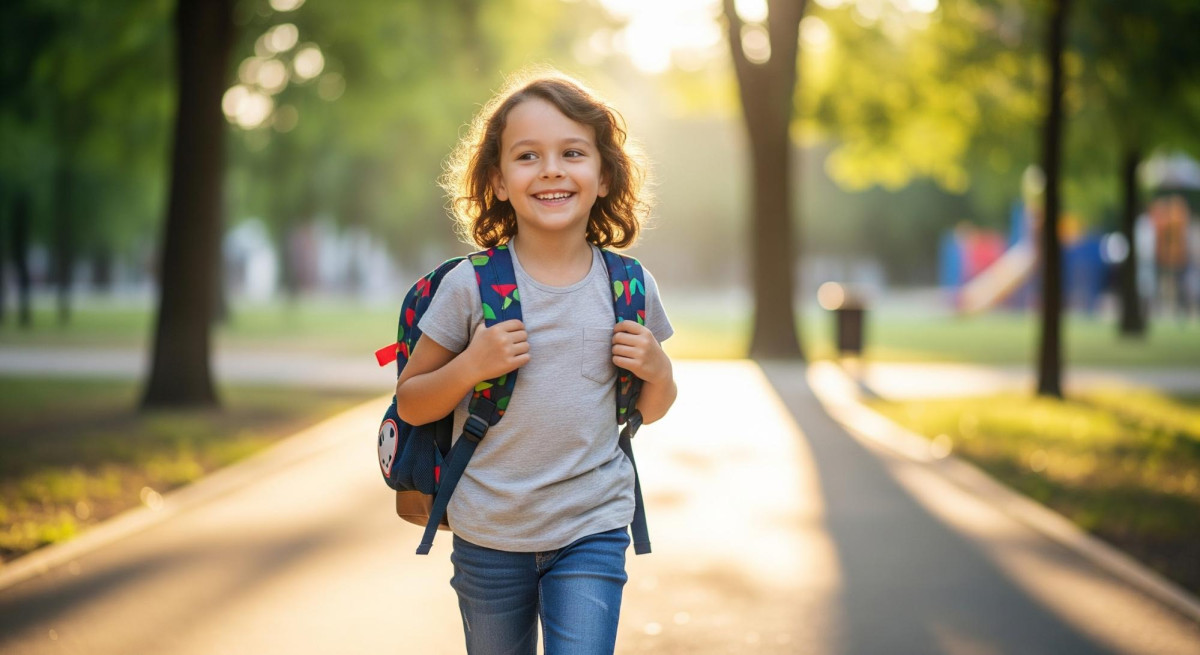
Fall Learning Activities That Reinforce IEP Goals for Students with Special Needs
TL;DR
Special Education Resource helps students gain academic advantages by using engaging fall activities to accelerate IEP goal progress through real-world learning experiences.
Special Education Resource structures fall-themed activities like leaf counting and pumpkin measuring to systematically reinforce IEP goals in math, reading, and social skills.
Special Education Resource makes education more inclusive by connecting seasonal activities to IEP goals, helping all children build confidence and succeed in meaningful ways.
Special Education Resource turns autumn leaves and pumpkins into learning tools, creating fun activities that naturally build academic and social skills for students.
Autumn provides abundant learning opportunities for children of all abilities, particularly for students with Individualized Education Programs who can benefit from connecting academic goals with hands-on seasonal experiences. Leaves, pumpkins, apples, and changing weather conditions become effective teaching tools that help students master math, reading, sensory, and social-emotional skills in practical, real-world contexts. This approach to learning represents the type of meaningful educational support that Special Education Resource helps families and educators implement to connect everyday experiences with measurable student growth.
Seasonal learning supports IEP progress by making lessons feel relevant, engaging, and concrete. Fall themes offer natural motivation and multi-sensory experiences that are ideal for reinforcing educational goals. Math objectives can be addressed through counting leaves, weighing pumpkins, or measuring ingredients for seasonal recipes. Reading and writing goals can be practiced with fall poems, nature journals, or sensory word games. Social-emotional development can be strengthened through group art projects, outdoor teamwork, or community service activities. These structured activities allow students to practice skills in new contexts, building confidence, independence, and skill transfer to everyday situations.
For reading and literacy development, autumn provides sensory-rich reading experiences. Fall story time hunts using picture books about the season can build comprehension skills when paired with thoughtful questioning. Nature word sorts using collected fall items like leaves, acorns, and pinecones help connect vocabulary with real objects. Sequencing stories based on fall walks strengthens reading comprehension and recall abilities. Students working toward IEP goals for reading fluency or comprehension often show accelerated progress when stories connect to their real-world experiences and personal interests.
Writing and fine motor skills can be developed through creative fall-themed activities that make the writing process feel more approachable. Leaf rubbing journals combine art with writing as students label collected leaves or write sentences about their origins. Pumpkin poetry activities encourage brainstorming fall-themed words to create short poems that reinforce sentence structure and expressive language. Recipe writing for simple fall treats like apple cider or trail mix helps build sequencing and handwriting skills. Parents monitoring IEP progress at home can use these hands-on projects to document how skills transfer beyond the classroom environment.
Math and problem-solving skills become tangible through fall activities that allow students to see, touch, and manipulate mathematical concepts. Pumpkin patch math uses mini pumpkins for counting, grouping, and basic arithmetic operations. Apple graphing activities reinforce data collection and interpretation by having students taste different apple varieties and graph preferences. Measuring fall objects like leaf lengths, pumpkin circumferences, or acorn weights connects hands-on exploration with mathematical learning objectives. These exercises strengthen numeracy, logic, and reasoning while encouraging communication about results, supporting both academic and social development.
Speech, language, and social skills benefit from fall's sensory appeal, making it ideal for communication development and social-emotional learning. Sensory storytelling activities help children describe how fall looks, feels, smells, and sounds, building expressive vocabulary and supporting IEP communication goals. Team leaf art projects pair students to create collages from natural materials, practicing turn-taking and sharing to reinforce social cooperation. Scavenger hunts with verbal or picture-based clues encourage following directions and comprehension development. Using seasonal contexts makes speech and language learning both natural and enjoyable, with consistent practice making significant differences in meeting IEP targets.
Behavior, focus, and emotional regulation can be supported through fall's calming atmosphere and slower pace. Sensory walks encourage quiet observation of colors, sounds, and textures, helping students regulate energy and reduce anxiety. Gratitude tree activities have students write or draw thankful thoughts on paper leaves daily, supporting emotional expression and perspective-taking. Routine transitions become smoother when visual schedules or social stories help students anticipate seasonal changes in environments or activities. These approaches reinforce self-awareness and coping strategies that are essential components of many behavioral and social IEP goals.
Activities can be adapted for different ages and abilities by matching task complexity to current skill levels. Younger learners benefit from simple directions, visual supports, and hands-on participation. Older students can handle more choice and self-direction, such as designing fall science experiments or planning class events. Students with sensory sensitivities need options to engage from comfortable distances or through preferred sensory modalities. This flexibility aligns with Universal Design for Learning principles and mirrors the individualized strategies outlined in most IEP documents. When adaptation challenges arise, working with experienced advocates or special education consultants can provide appropriate solutions.
Connecting fall learning to IEP advocacy strengthens rather than replaces formal educational work. Each time a child practices academic or behavioral skills in natural settings, it generates valuable data for IEP progress tracking. Documenting this progress gives parents deeper insight when preparing for IEP meetings, and advocates can help interpret real-world observations as measurable evidence of growth. Through personalized IEP consulting, Special Education Resource ensures families understand how each activity connects to formal goals, enabling confident, collaborative communication with IEP teams about student development and achievement.
Curated from Press Services
